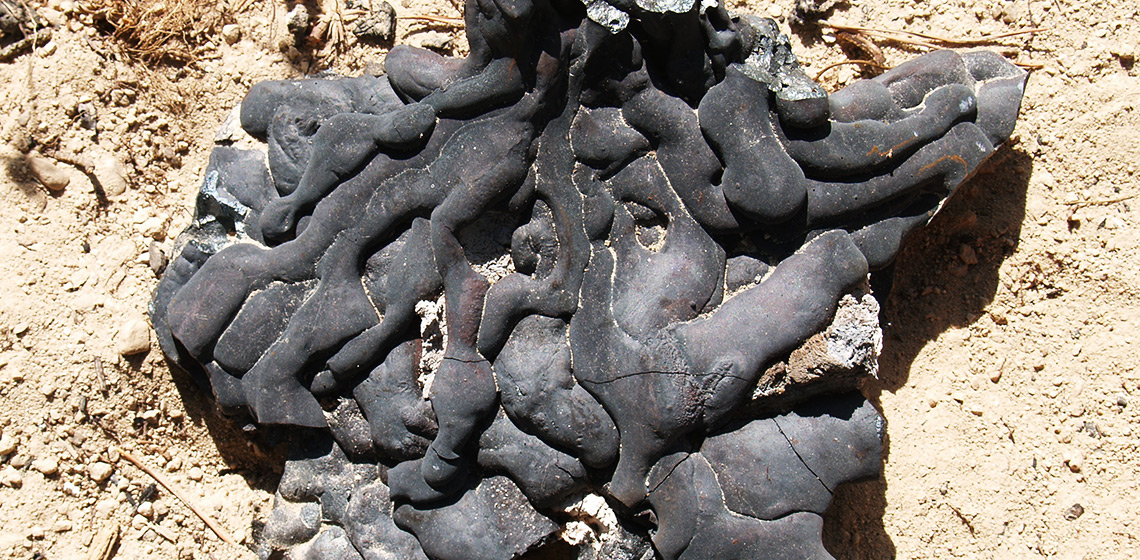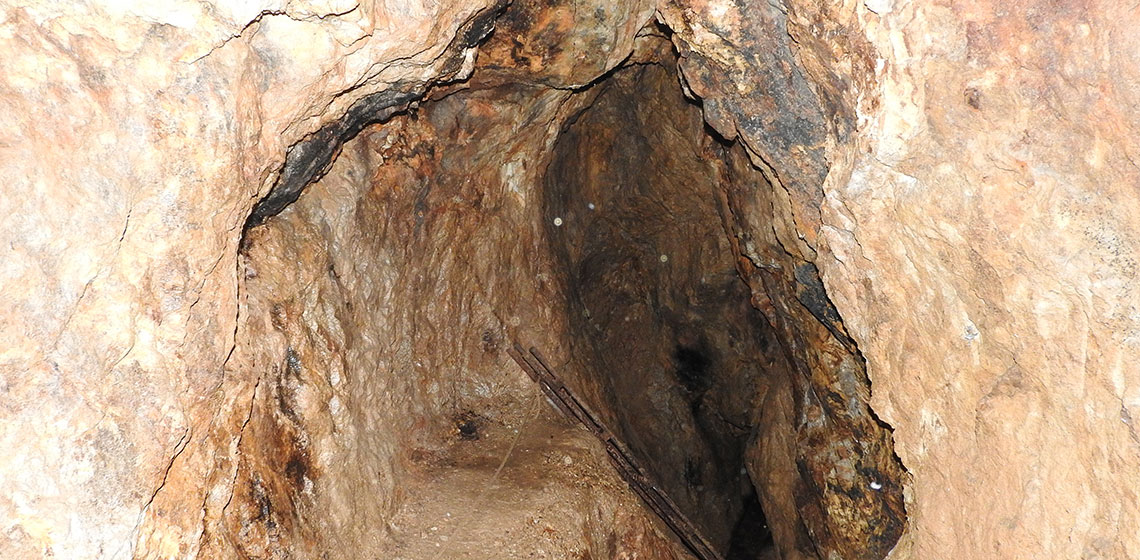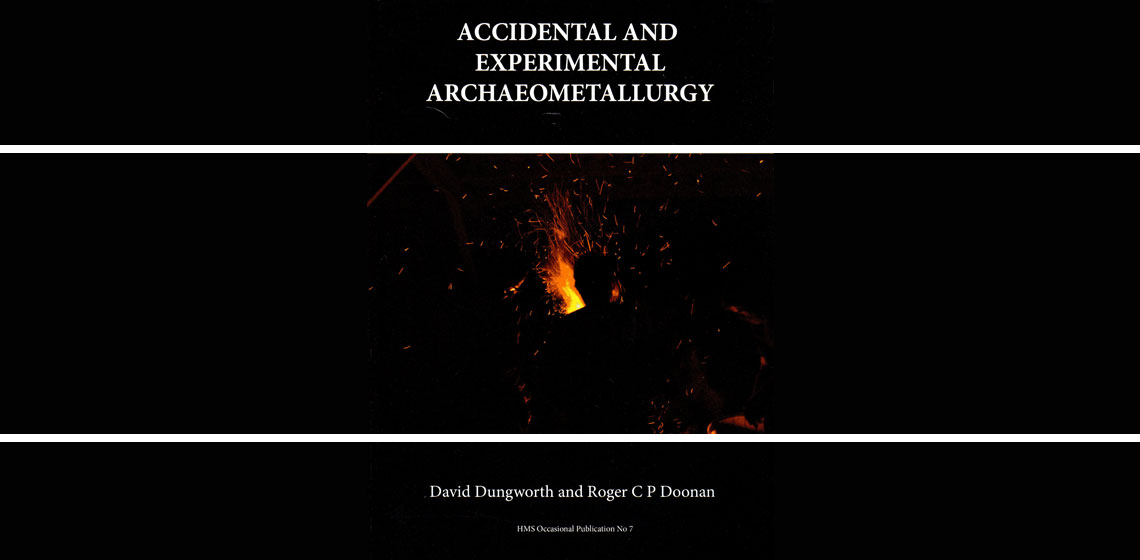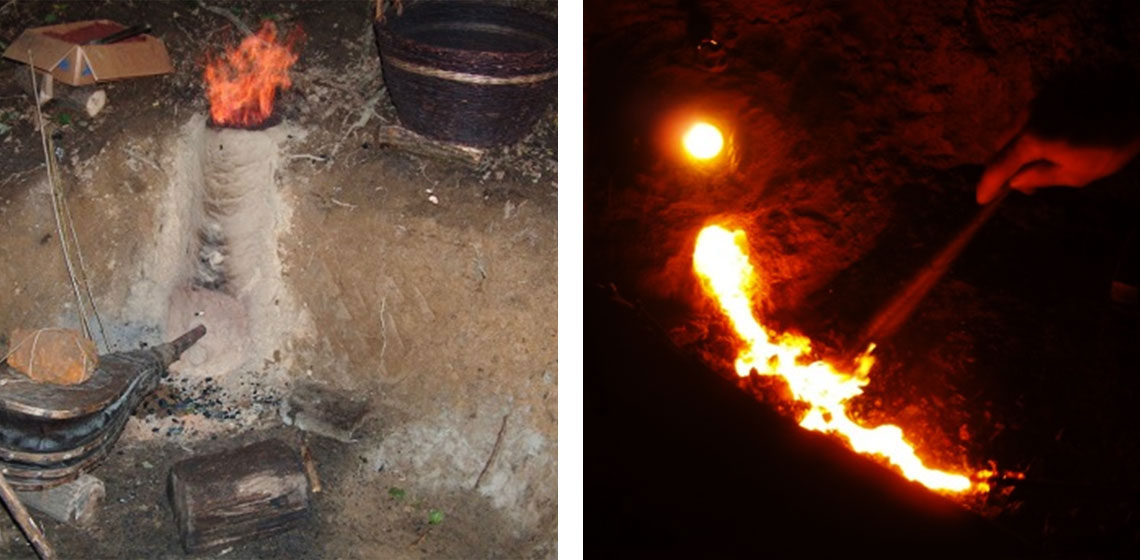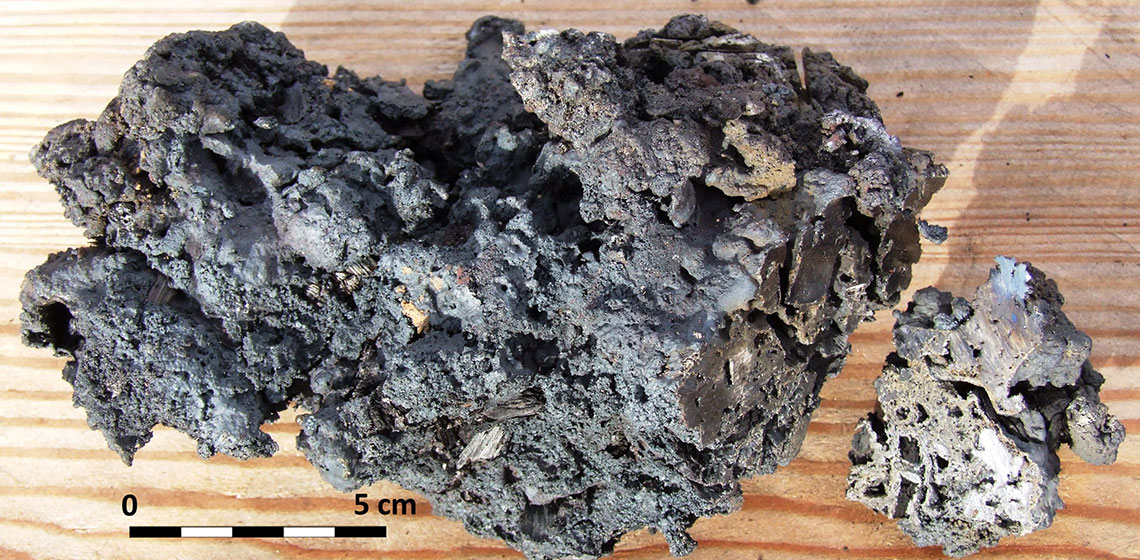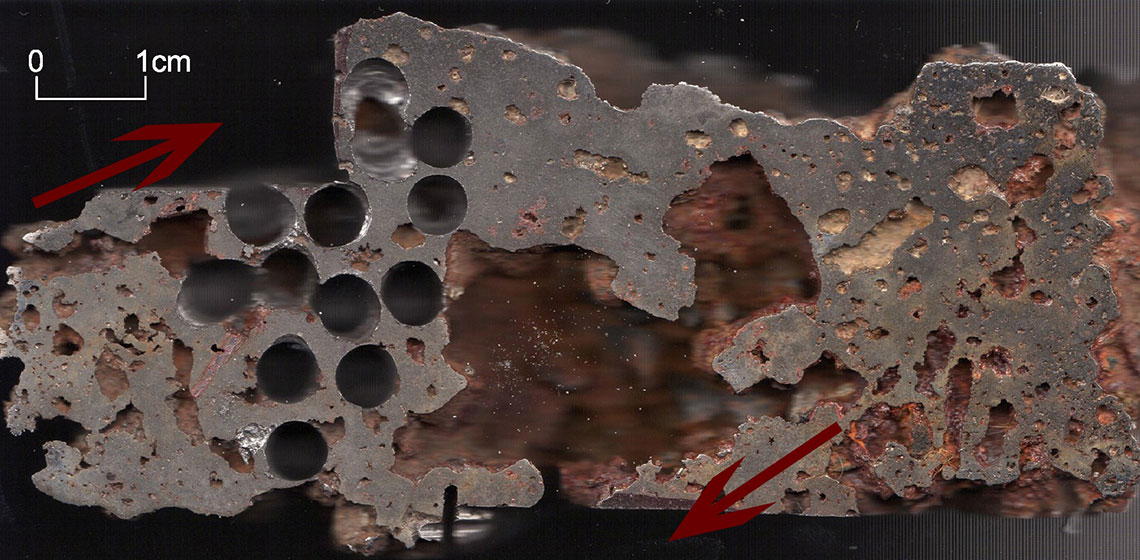smelting
Standardized Reporting of Experimental Iron Smelting - A modest (?) Proposal
Background: The State of an Art?
Over the last three decades, bloomery iron smelting has moved from the largely theoretical to the practical. Although there were certainly earlier attempts via experimental process to build workable furnaces, most of these attempts were basically unsuccessful, at least in terms of actual iron production. Early researchers too often undertook (or at least only formally reported on) limited test series (one or two attempts) and many concentrated far too much on slag, not on the production of metallic iron itself.
The Variation of Elastic Modulus and Changes of Structures and Mineral Phases in Rocks as Parameters for the Identification of Fire-Setting in Ancient Mines
Bloom
A bloomery is a type of furnace once widely used for smelting iron from its oxides. A bloomery's product is a porous mass of iron and slag called a bloom.
Smelting
Processing an ore such as iron by melting it in order to separate out the crude metal.
Definition source: Chambers 21st Century Dictionary
Book Review: Accidental and Experimental Archaeometallurgy by D. Dungworth and R. Doonan (Eds)
From the Soil to the Iron Product - the Technology of Medieval Iron Smelting
***Nowadays, the development of technology rushes past the people of the machine-based technical civilisation, therefore they fail to understand the technological wonders that surround them. One of these is the ancient technology of iron smelting...
Event Review: 1st Bloomery Seminar, Starachowice 2013
Experiments performed in Starachowice, like many others ŚSDP1 activities,are a continuation of research on ancient metallurgy in the Holy Cross Mountains which was initiated ne
Copper + Tin + People: Public Co-Smelting Experimentation in Northwestern Iberia
***In the present paper an experiment made in north-western Iberia for producing bronze using local ores and similar techniques to those perhaps practiced by the ancient prehistoric metallurgists during Bronze Age is described...

